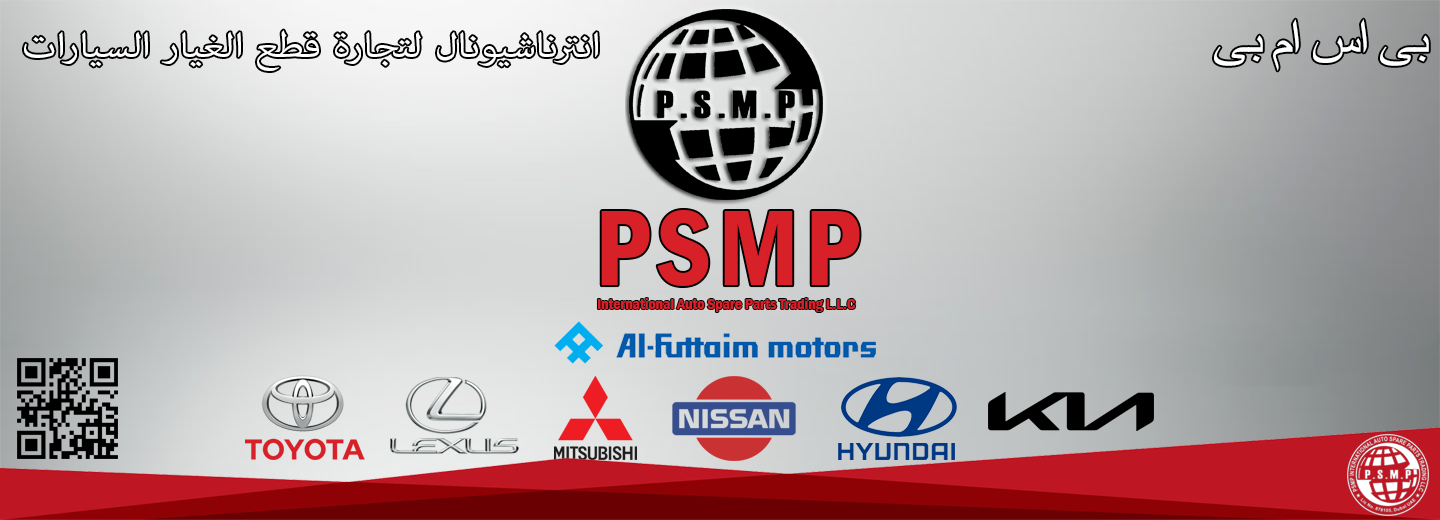
Constatnt-velocity Joints or (C.V. Joint) allow a rotating shaft to transmit power throuth a variable angle, at constant rotational speed, without an appreciable increase in friction or play.
Constant velocity joints (C.V. Joints) are found on many cars and even some trucks today. Though vehicle manufacturers are reintroducing rear-wheel drive on more new cars, over 80 percent of all the cars on the road today are front-wheel drive (FWD), and every one has four CV joints. Most minivans also have FWD, and most all-wheel drive (AWD) cars have halfshafts (Axle Shafts) with CV joints both front and rear.
The same goes for the rear axle shafts on a growing number of SUVs. A boot failure is bad news for any CV joint because it dooms the joint to premature failure. A split, cracked, loose or torn boot will throw grease, draining the joint of its vital supply of lubricant. The CV joint is then open to moisture and harmful materials from the road surface such as dirt, sand and asphalt. Sooner or later the joint will run dry which is not a good thing for metal-to-metal surfaces that must withstand high pressure loads and constant friction.
A boot that doesn't seal can also allow outside contaminants, such as road splash and dirt, to enter the joint and wreak havoc on its precision machined and polished surfaces. If the boot problem isn't discovered almost immediately, joint failure will usually follow within a few thousand miles.




 +971 4 265 5305
+971 4 265 5305